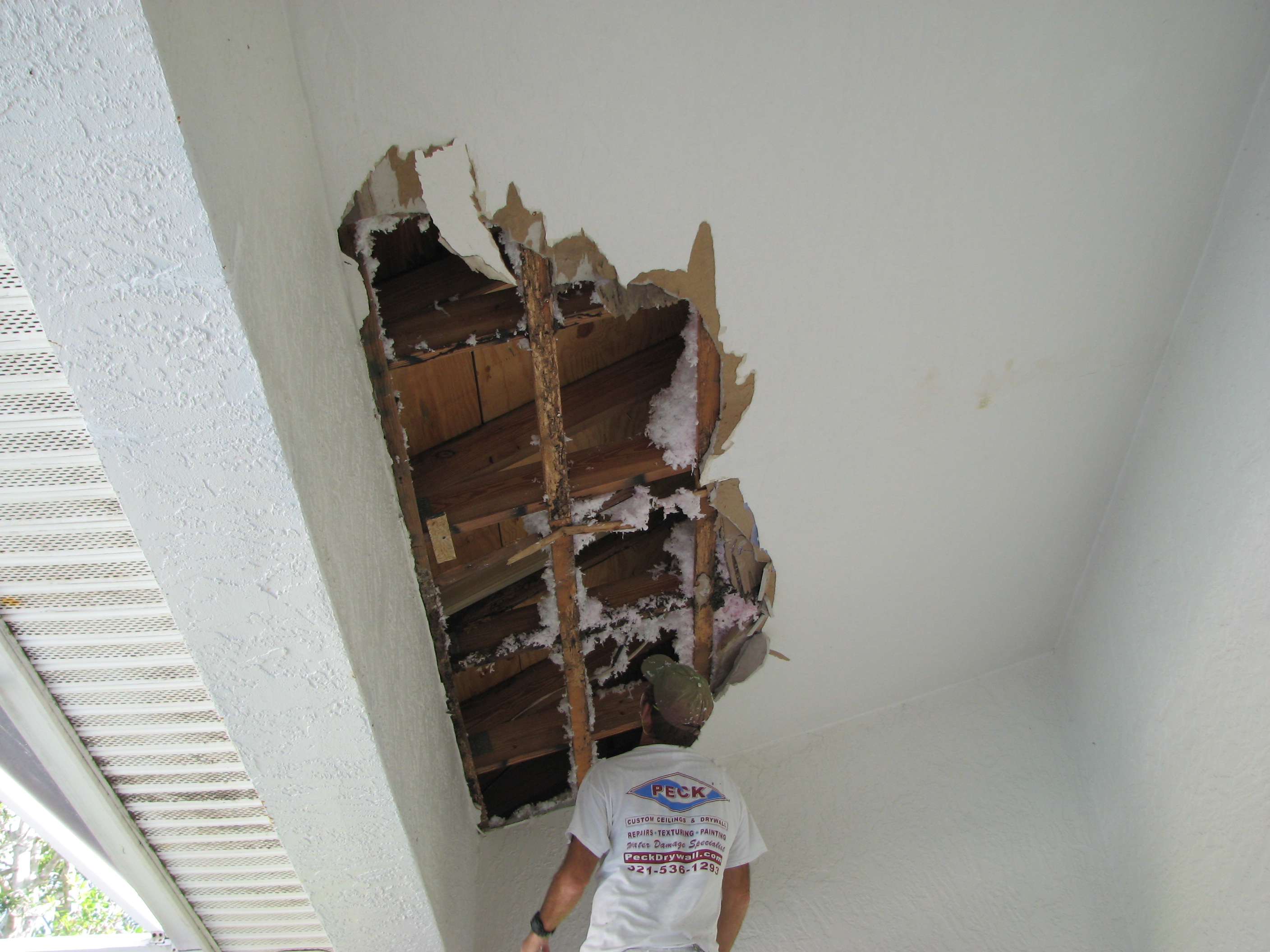We've come across this post pertaining to Is it safe to flush food (especially rice) down the toilet? directly below on the web and believe it made sense to relate it with you here.

Introduction
Lots of people are typically faced with the predicament of what to do with food waste, especially when it involves leftovers or scraps. One usual concern that emerges is whether it's fine to flush food down the toilet. In this article, we'll delve into the reasons that individuals might consider purging food, the consequences of doing so, and alternate approaches for proper disposal.
Reasons individuals may take into consideration flushing food
Lack of understanding
Some individuals may not recognize the possible harm caused by flushing food down the commode. They may erroneously think that it's a harmless technique.
Benefit
Flushing food down the commode may feel like a fast and simple solution to disposing of undesirable scraps, especially when there's no nearby garbage can readily available.
Idleness
In some cases, individuals might just pick to flush food out of sheer laziness, without thinking about the effects of their actions.
Repercussions of flushing food down the toilet
Ecological impact
Food waste that ends up in rivers can contribute to air pollution and harm marine communities. Furthermore, the water used to flush food can strain water sources.
Pipes issues
Flushing food can lead to clogged pipes and drains pipes, causing costly plumbing repair work and troubles.
Kinds of food that must not be purged
Coarse foods
Foods with fibrous appearances such as celery or corn husks can get entangled in pipes and create obstructions.
Starchy foods
Starchy foods like pasta and rice can soak up water and swell, leading to blockages in pipes.
Oils and fats
Greasy foods like bacon or cooking oils need to never ever be flushed down the bathroom as they can strengthen and cause clogs.
Correct disposal techniques for food waste
Using a garbage disposal
For homes geared up with waste disposal unit, food scraps can be ground up and purged via the plumbing system. However, not all foods are suitable for disposal in this fashion.
Recycling
Specific food packaging products can be recycled, lowering waste and decreasing environmental impact.
Composting
Composting is an eco-friendly method to deal with food waste. Organic products can be composted and used to enrich soil for horticulture.
The relevance of proper waste management
Lowering ecological injury
Proper waste administration practices, such as composting and recycling, assistance minimize contamination and preserve natural deposits for future generations.
Shielding pipes systems
By avoiding the practice of flushing food down the commode, house owners can protect against pricey plumbing repair work and preserve the stability of their plumbing systems.
Conclusion
In conclusion, while it may be alluring to purge food down the commode for convenience, it's important to recognize the possible repercussions of this action. By taking on correct waste monitoring practices and taking care of food waste responsibly, individuals can contribute to much healthier pipes systems and a cleaner setting for all.
THINK TWICE BEFORE FLUSHING FOOD DOWN YOUR TOILET IN FALLBROOK CA
Let’s be honest, we’re really supposed to be tossing rotten or leftover food in the compost bin or trash can. But many people like to place scraps of food down the drain of, say, their kitchen sink. That’s why the garbage disposal was invented: so we can continue to place certain foods down the drain without clogging our drain in the process. Smart.
But not all of us have the luxury of having a garbage disposal installed. So, you might continue to shove food down your sink drain anyway – or worse: you might flush them down your toilet! If you’re guilty of doing the latter, you’re going to want to stop, and here’s why:
Toilet Drains Aren’t Designed to Handle Food!
There’s your answer: food just doesn’t belong in your toilet. It may seem like your toilet drain is wider than the drains of your sinks, but truth be told, that isn’t actually the case. The narrower pipes of your toilet leave your plumbing at risk for clogging if you do happen to flush your food. In addition, food doesn’t break down as quickly that toilet paper and human waste do. In turn, this leaves your toilet at risk for a nasty clog.
Although a flush of a tiny pinch of food every now and then isn’t going to completely damage your toilet, there are certain foods that should absolutely not be flushed in your toilet at all. These include starchy foods like mashed potatoes, grains, hard pieces of food that are slow to break down, and fats and oils.
The latter categories of food are particularly problematic as they may harden, expand as they absorb water, break down slowly in your system, or generally create the perfect obstruction with their gelatinous composition. These are all things you don’t want in your plumbing system!
Experiencing a Toilet Clog?
Nobody’s perfect, and we all make mistakes. Sometimes one of the mistakes people make is flushing food down their toilet and later realizing that it wasn’t the best thing to do once they see that their toilet is now clogged. Uh-oh!

We were shown that editorial on Flushing Food Down the Toilet? from a good friend on our other blog. You should pause to distribute this post if you enjoyed reading it. We enjoy your readership.
Schedule Appointment

